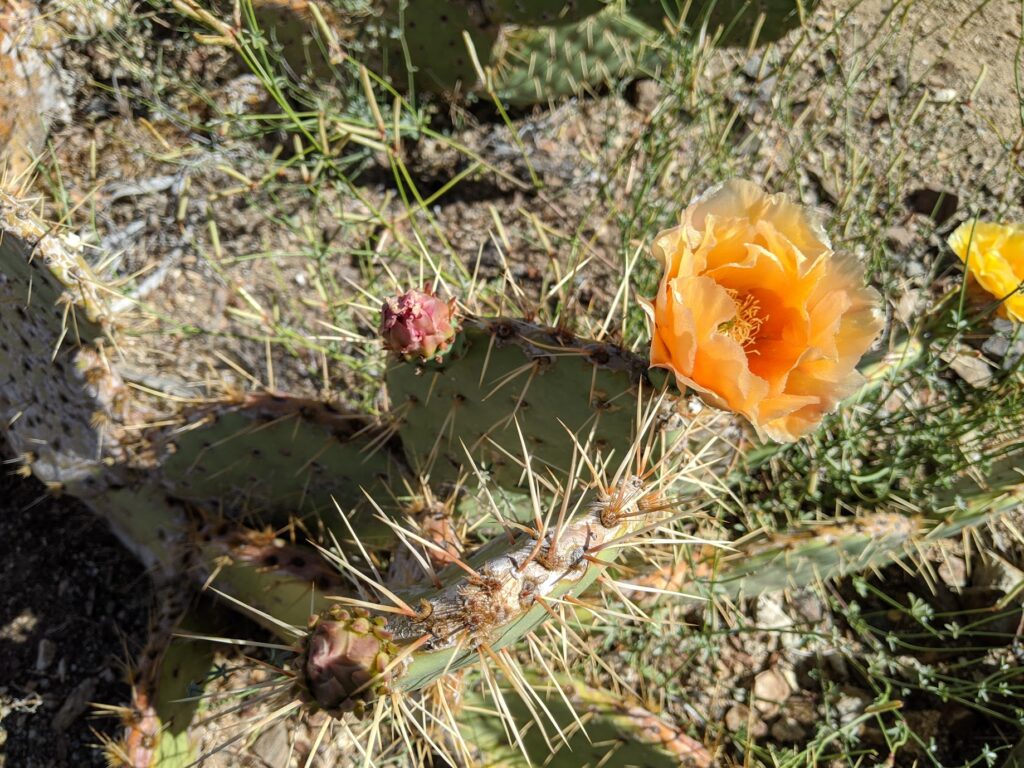As I have mentioned many times before in these relaxed homeschooling activities, I am a wholistic designer. One of the many habits of wholistic design is spending some time observing things as they are, before trying to change or otherwise work with those things. In this activity, you and your family will have the opportunity to look closely at some plants and identify a couple of individuals of that species, or parts of the same plant, and observe them to determine their relative health and maturity. This is not only good practice at observing in general, but is also a very useful skill for anyone gathering or growing food.
One form of this activity is to just walk around outside looking at trees, wildflowers, shrubs and plants in your garden asking yourselves, two questions about each: “is it young, mature or old?” and is it healthy, sick or dead?
Another form of this activity is to find a single plant (i.e., tree, shrub or wild-flower) and look at its parts (e.g., leaves, flowers, cones, fruit) and see if you can tell which parts are more or less healthy and which parts are further along in their development (is it in a generative, vegetative growth, flowering, fruiting or seed setting stage?).

Whichever version you chose, start by asking the questions: : “is it young, mature or old?” and is it healthy, sick or dead? Then ask yourself and your child(ren) what are you observing that leads you to answer the way you answered. For example, when I saw the above cactus, I wondered, which is the mature flower? Then I asked myself, why do I think the yellow flower is more mature than the red one. And now I’ll ask you, do you think the yellow flower is more mature than the red one, and, if so, why?
Now go outside and start observing and let us know how it goes!